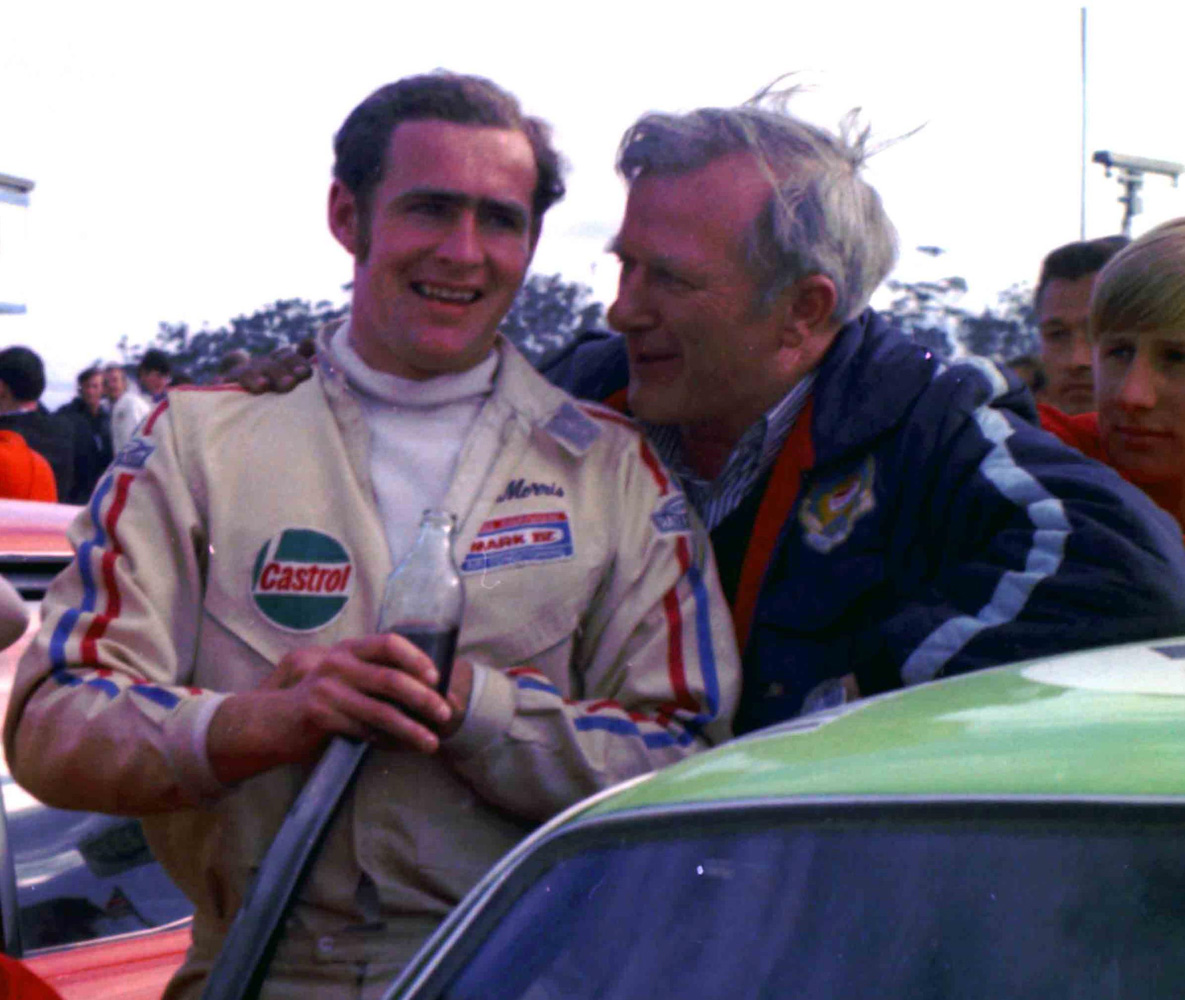Racecars in general can sell for silly money at auction, but it’s not every day you are presented the opportunity to own a small chunk of history in the form of a 1979 Australian Touring Car Championship (ATCC)-winning Holden Torana A9X — estimated at $850,000-1,050,000 AUD. The ex-Bob Morris car is to be offered at auction for the first time to head Mossgreen’s premier multi-million dollar Sydney auction of rare collectors’ motor cars, May 28.

One of 10 bare shells supplied by the Holden factory to be prepared for racing, this Torana A9X was campaigned for three years by the Ron Hodgson Team in the Australian Touring Car Championship. Built by Ron Missen to be driven in the 1977 Bathurst race by the American Johnny Rutherford — who had won the Indianapolis 500 in ‘74 and ‘76 — partnered by the first woman ever to race at Indianapolis, Janet Guthrie. The A9X used four-wheel disc brakes; Salisbury rear-axle; reworked front and rear suspension geometry; Borg-Warner T10 gearbox; a five-litre L31 V8 heart generating 400hp; larger radiator with an electric fan; and arrived less the non-essential parts and sound deadening. Bill Patterson Motors then added wheel-arch flares, air dams and a real bonnet scoop.
However, all this was to no avail for the Rutherford/Guthrie pairing who would later prove to be slower in practice than their local Australian teammates. Their luck was not improved in the race, as Rutherford collided with another having to retire before Janet Guthrie even had a turn at the wheel — officially they completed lap 13 and were ranked 57th at the finish. The car sustained damage to the offside guard, doors and steering.

Bob Morris would pilot the car for its first race back after repairs at the Sandown
track in the Hang Ten Challenge in Feb, 1978. Peter Brock won both of the two races with Morris driving this Torana to second in the second race. The rest of the season would be an up and down battle for Morris, placing second at Round One, Four, and Seven, with a first at Round Six, and being forced to retire at both at the Rothmans 500 and Round Eight. Heading into the 1978 Bathurst Hardie-Ferodo, Morris clocked in with the fastest lap time of 2 minutes 17.7 seconds, followed by Peter Moffatt in a Cobra with 2 minutes 22.3 seconds, for day one. The final official practice in the rain saw Peter Brock in a Torana fastest with 2.20.065 and Morris in fourth on 2 minutes 21.7 seconds. Unfortunately, the Morris/Fitzpatrick car was forced to retire after 73 laps with a suspected broken camshaft drive after running in third place.

The 1978 results meant that Morris finished second Peter Brock driving the Holden Dealer Team Toranas by just two points. But, thanks to a shift in management, appointing Peter Molloy as team manager — an accomplished race engine builder — Molloy initiated a comprehensive development plan to challenge the Holden Dealer Team in 1979 and achieved immediate success with Morris in the Torana. Morris would go on to win the ATCC season and create Australian motorsporting history as the first time an underdog — a private team – had beaten the factory teams campaigning the same cars.
The current owner purchased the Torana not long after it’s win in ‘79 and raced the car to a fifth-place finish in the five-lap Street Cars race, and a fourth-place in the second event, the Twin State Challenge, at Wanneroo July 6, 1980. The car’s final race was September of the same year, after which it was placed in the York Motor Museum — still unaltered from its 1970s heyday.

James Nicholls, Mossgreen Collectors’ Cars Specialist, said: “This is a classic tale of grit and dogged determination winning out, as the first time in Australian Touring Car history a private team beat the factory specialists,” and he continued, “Still in running order, this rare Torana is highly original, and still showcases the livery it wore in 1979. An exceptional rally car, it holds a special affection with Australian motorsports enthusiasts, and is of particular significance to the Holden brand and its list of Australian automotive sporting achievements.”


